Process and Tools for Cloud Assessment and Migration
- Nitin Yadav
- Blog
About
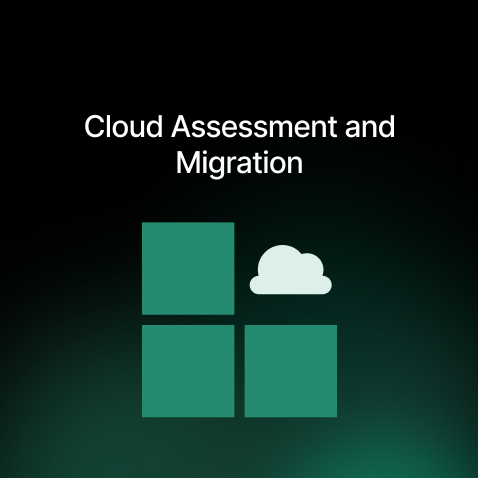
Optimize IT investments with cloud assessment and migration. Uncover costs, enhance security, and streamline decisions. Click to elevate your strategy!
Industries
- AWS, DevOps, Terraform
Share Via
Migrating to the cloud is like jumping into the unknown. Without a proper assessment of the investments, costs, security, and what it takes to streamline the process, you’ll be falling flat!
Notably, 62% of cloud migration projects are more difficult than anticipated or fail altogether, often due to inadequate planning and lack of expertise.
This is why you need a comprehensive cloud migration assessment to elevate your cloud strategy. In this article, we’ll explore the essential steps and tools involved in a thorough cloud assessment, but first, let’s start with understanding the basics.
Cloud Assessment and Migration Process
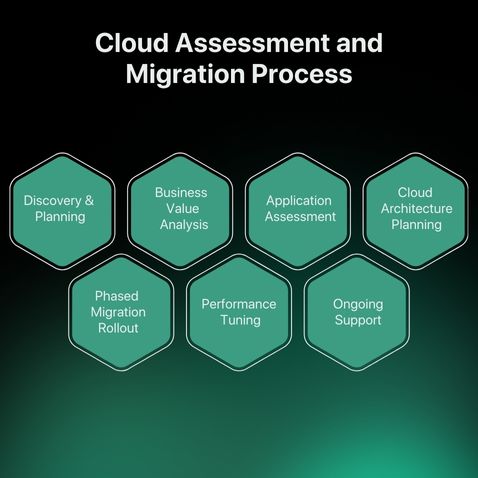
Throughout the cloud migration assessment process, advanced tools and best practices are leveraged to gather insights, map dependencies, and identify potential bottlenecks. A comprehensive cloud migration assessment typically involves the following steps:
1.Discovery and Planning
The process begins with thorough data collection to understand your current IT landscape, business goals, and cloud readiness. A reddit user raised the question during this process whether he would carry out themselves.

And here is the answer!

It is usually recommended to hire a cloud migration expert at this stage to ensure the whole process is documented and smooth.
2. Business Value Analysis
Next, cloud transition candidates are identified, and applications are prioritized based on their business value and suitability for the cloud. Organizations that have adopted modern cloud services report notable business value, including a 28% revenue growth after implementing containerization strategies.
3. Application Assessment:
A detailed assessment of prioritized applications is conducted, designing the target architecture and migration approach. In a notable example, Tompkins Robotics collaborated with SquareOps to enhance their deployment processes.
By conducting a detailed application assessment, they transitioned the applications to a containerized environment using Kubernetes on AWS Elastic Kubernetes Service (EKS). This also led to an 80% increase in operational efficiency.
4. Cloud Architecture Planning
Cloud architecture planning is a crucial step in the cloud migration assessment process, where the optimal cloud architecture is designed based on an organization’s specific business goals and application requirements.
This step involves a thorough analysis of the current IT landscape, future growth projections, and desired outcomes to create a tailored cloud architecture that maximizes benefits and minimizes risks. Want to understand the basics further?

This video by the Exponent delves into the fundamentals of cloud architecture and explains what it takes to set it up for migration.
5. Phased Migration Rollout
The migration is executed in a series of carefully planned stages, often referred to as waves or sprints. This incremental approach ensures a smooth and controlled transition, minimizing risk and maintaining business continuity. During this phase, data is securely transferred, applications are re-hosted or re-platformed, and the cloud infrastructure is set up according to the planned architecture.
6. Modernization & Performance Tuning
While not all applications may need immediate modernization, this step focuses on identifying workloads that can benefit from cloud-native features and services. For these selected applications, the process involves re-architecting and fine-tuning them to leverage the full potential of the cloud.
7. Ongoing Support & Continuous Improvement
After the migration is completed, the focus shifts to providing ongoing support and maintenance to ensure the continued success and reliability of your cloud environment. This involves proactive monitoring, regular performance optimization, and continuous improvement to keep your cloud infrastructure aligned with your changing business requirements.
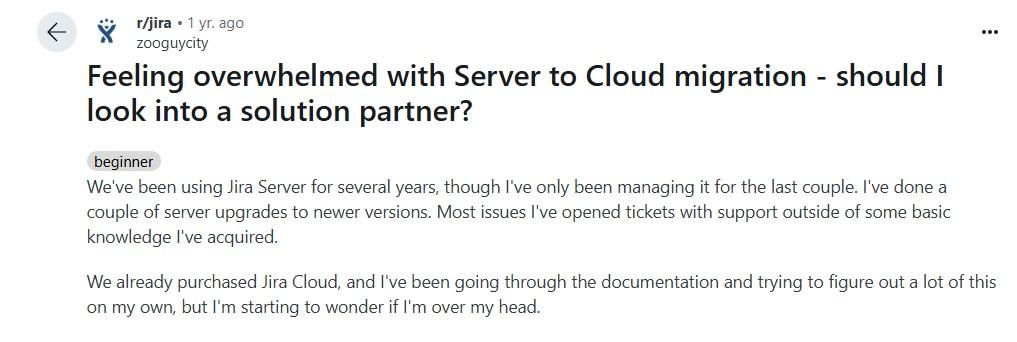
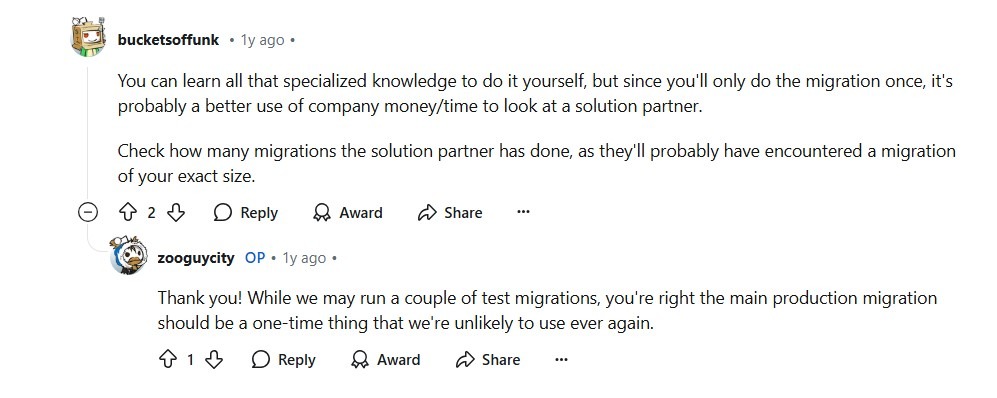
A discussion started by a user on Reddit underlines the importance of constant support throughout the process.
The above steps enable the development of a tailored migration strategy that aligns with your unique business needs. But what are the systems needed? Let’s find out.
Powerful Tools for Cloud Assessment and Migration
To streamline cloud assessment and migration and gather actionable insights, below are a range of specialized tools that can be utilized:
- Application Portfolio Management: These tools help inventory and analyze your application portfolio, identifying cloud-ready candidates and modernization opportunities.
- Cost Assessment Tools: Cost calculators and modeling tools provide accurate estimates of cloud migration costs, helping optimize your cloud spend.
- Performance Mapping Tools: Performance profiling tools map application dependencies and performance characteristics to ensure a seamless transition to the cloud.
- Security Analysis Tools: Robust security assessment tools identify potential vulnerabilities and compliance gaps, enabling proactive risk mitigation.
- Ongoing Monitoring Capabilities: Continuous monitoring tools provide real-time visibility into your cloud environment, enabling you to track performance, identify issues, and optimize your cloud operations post-migration
A comprehensive all-in-one solution is your best bet when taking on a multi-faceted challenge.

Wondering what features such a solution contains? Let’s look at it in depth.
Key Features and Capabilities of Assessment Tools
When selecting cloud migration assessment tools, it’s important to look for the key features and capabilities listed below:
- Resource Allocation and Workload Discovery: Tools that can automatically discover and map your existing workloads, resources, and dependencies, providing a clear picture of your current IT landscape.
- Cost Analysis and Security Analysis: Robust cost modeling and security assessment capabilities to uncover potential cost savings and identify security gaps early in the migration process while achieving compliance.
- Insights into Potential Bottlenecks and Dependencies: Advanced analytics and visualization features that provide deep insights into potential performance bottlenecks and application dependencies, enabling proactive mitigation.
Mapping Out Potential Bottlenecks and Dependencies: Tools that can create detailed dependency maps and identify potential performance issues, ensuring a smooth transition to the cloud by selecting the right platform.
Benefits of a Comprehensive Cloud Migration Assessment
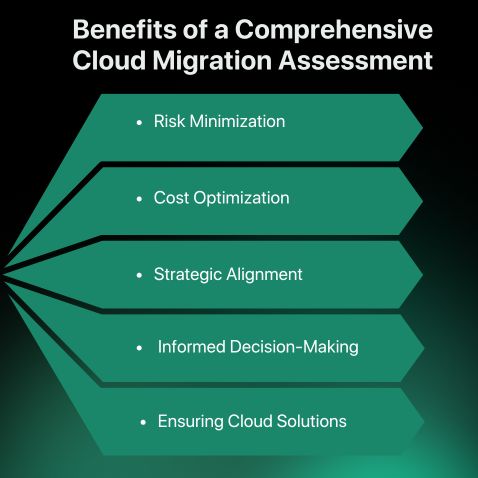
A comprehensive cloud migration assessment can significantly enhance cost efficiency. For instance, a study found that migrating an IT system to Amazon EC2 resulted in a 37% cost reduction over five years. Let’s look at a few more benefits in detail:
- Risk Minimization: A comprehensive assessment identifies and mitigates potential risks early in the migration process, ensuring a smooth transition.
- Cost Optimization: It helps optimize your cloud spend by identifying cost-saving opportunities and designing a cost-effective migration strategy.
- Strategic Alignment: The assessment ensures that your cloud solutions align with your long-term business objectives, driving innovation and growth.
- Informed Decision-Making: With deep insights into your IT landscape and cloud readiness, you can make informed decisions and prioritize migration efforts.
- Ensuring Cloud Solutions Support Long-Term Business Objectives: A comprehensive assessment helps you select cloud solutions that not only meet your immediate needs but also support your long-term business goals, futureproofing your IT investments.
We’ve looked at the importance, the process, the tools, and the benefits. Let’s wrap it up, shall we?
Conclusion
A well-executed cloud migration assessment is a critical first step in your cloud journey. It lays the foundation for a successful migration by evaluating technical feasibility, financial viability, and strategic alignment.
Accelerate your cloud journey with our expert migration team, 24/7 SRE for maximum uptime, and specialized services like cost optimization. We’ll ensure your cloud investment delivers the best value without billing surprises. Take the first step towards transforming your business in the cloud – schedule a consultation today.
We’ve listed a set of questions below that we usually receive during our consultations to make the process smoother for you!
Frequently asked questions
Common challenges include a lack of visibility into existing IT infrastructure and difficulty in accurately estimating migration costs.
The duration of a cloud migration assessment varies based on the size and complexity of the IT infrastructure. Typically, an assessment can take anywhere from a few weeks to several months.
Common cloud migration strategies include rehosting (lift and shift), re-platforming, refactoring, and rebuilding.
Cloud migration assessment tools prioritize data security and privacy through encryption, access controls, and compliance with industry standards.
Yes, most cloud migration assessment tools offer integration capabilities with popular IT management systems and platforms.
Choosing the right cloud provider involves evaluating factors such as pricing, performance, scalability, security, and support.
Conducting a cloud migration assessment requires a combination of technical expertise and business acumen. Key skills include cloud architecture, data analysis, project management, and strong communication abilities.
Ensuring user acceptance and adoption involves providing adequate training, communication, and support throughout the migration process.
Related Posts
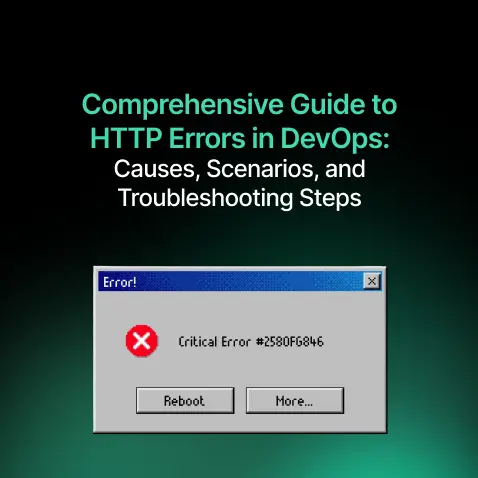
Comprehensive Guide to HTTP Errors in DevOps: Causes, Scenarios, and Troubleshooting Steps
- Blog
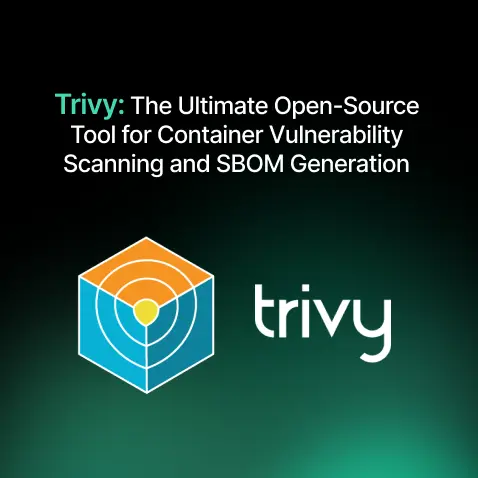
Trivy: The Ultimate Open-Source Tool for Container Vulnerability Scanning and SBOM Generation
- Blog
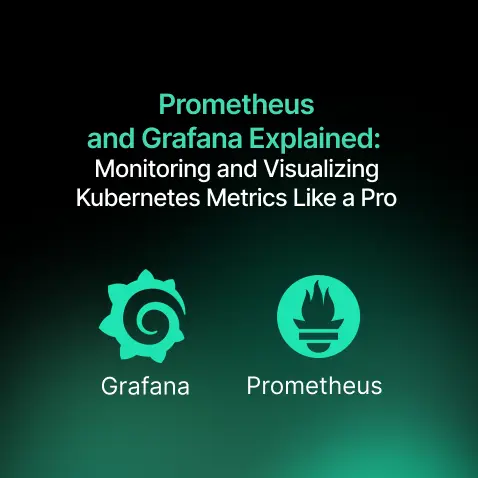
Prometheus and Grafana Explained: Monitoring and Visualizing Kubernetes Metrics Like a Pro
- Blog
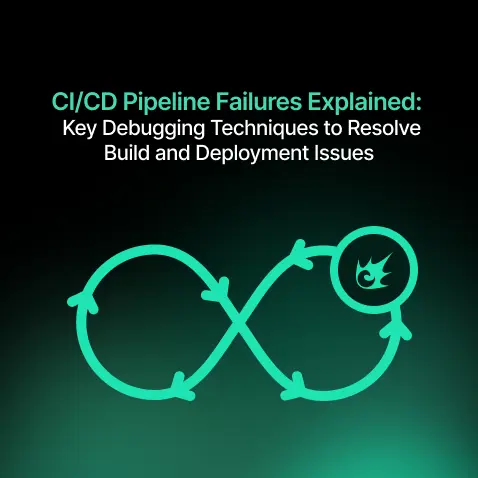
CI/CD Pipeline Failures Explained: Key Debugging Techniques to Resolve Build and Deployment Issues
- Blog
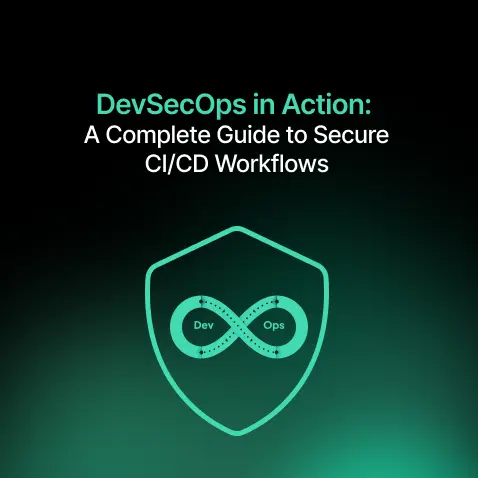
DevSecOps in Action: A Complete Guide to Secure CI/CD Workflows
- Blog

AWS WAF Explained: Protect Your APIs with Smart Rate Limiting
- Blog

